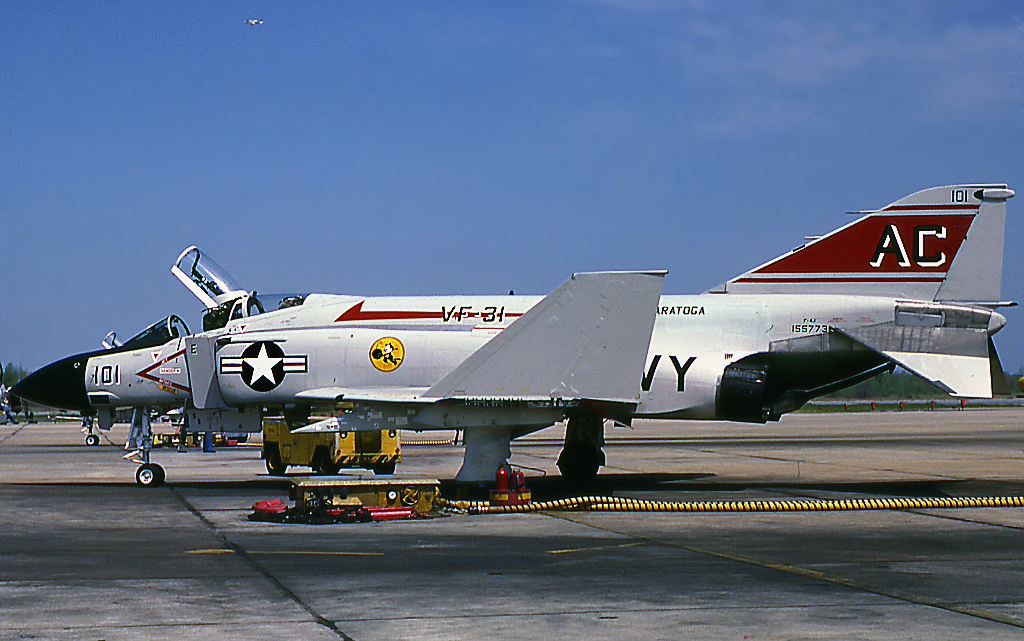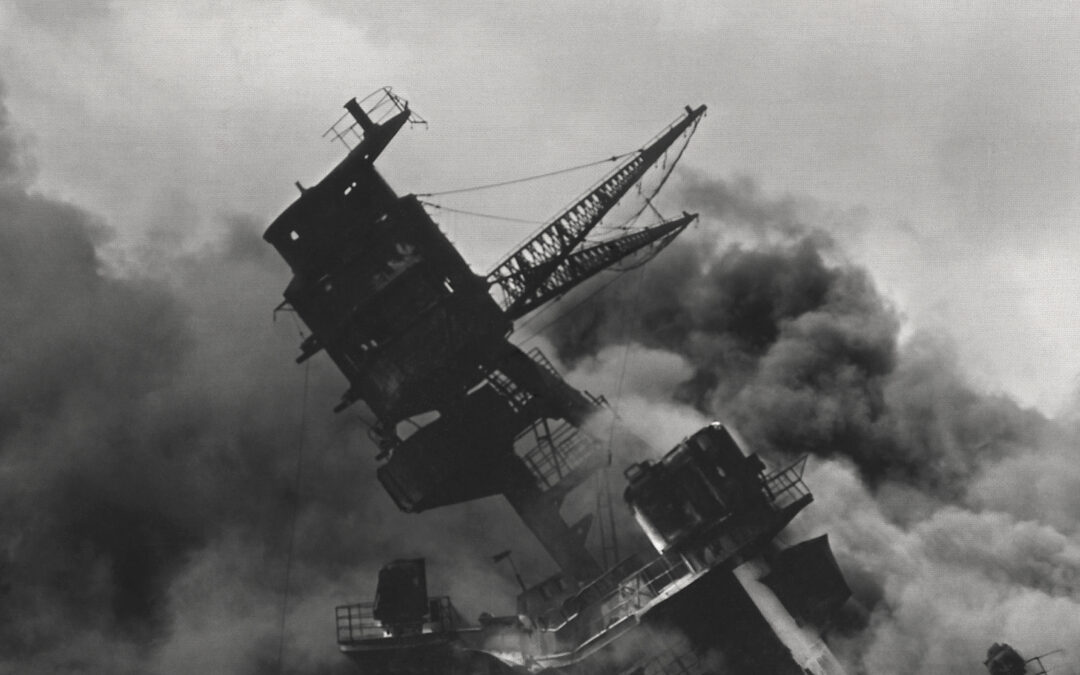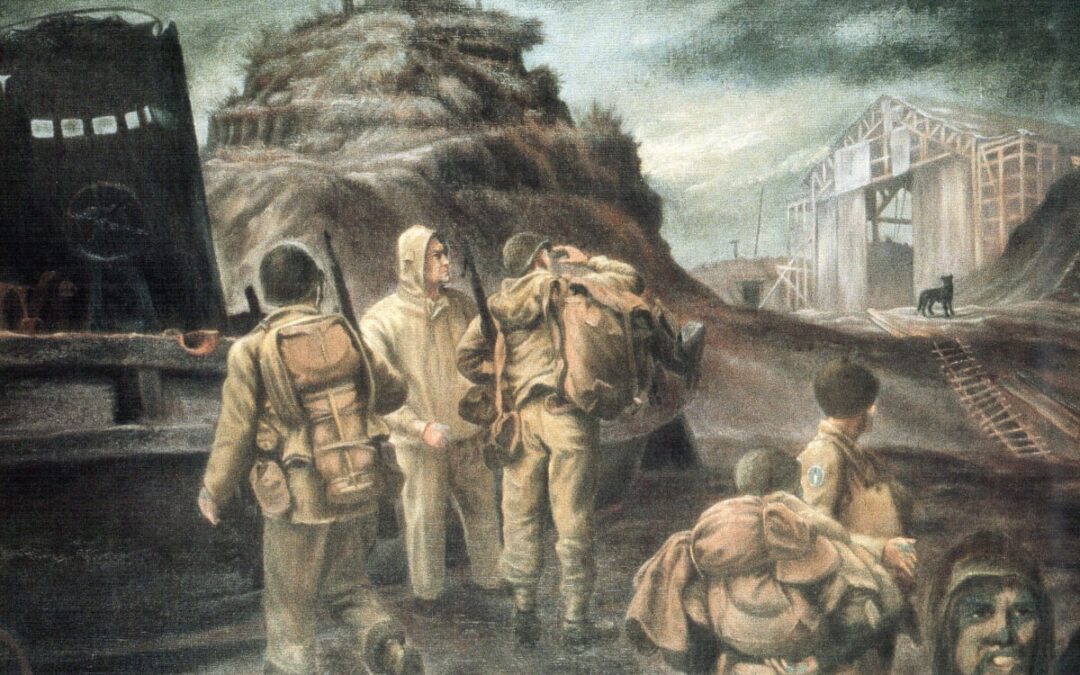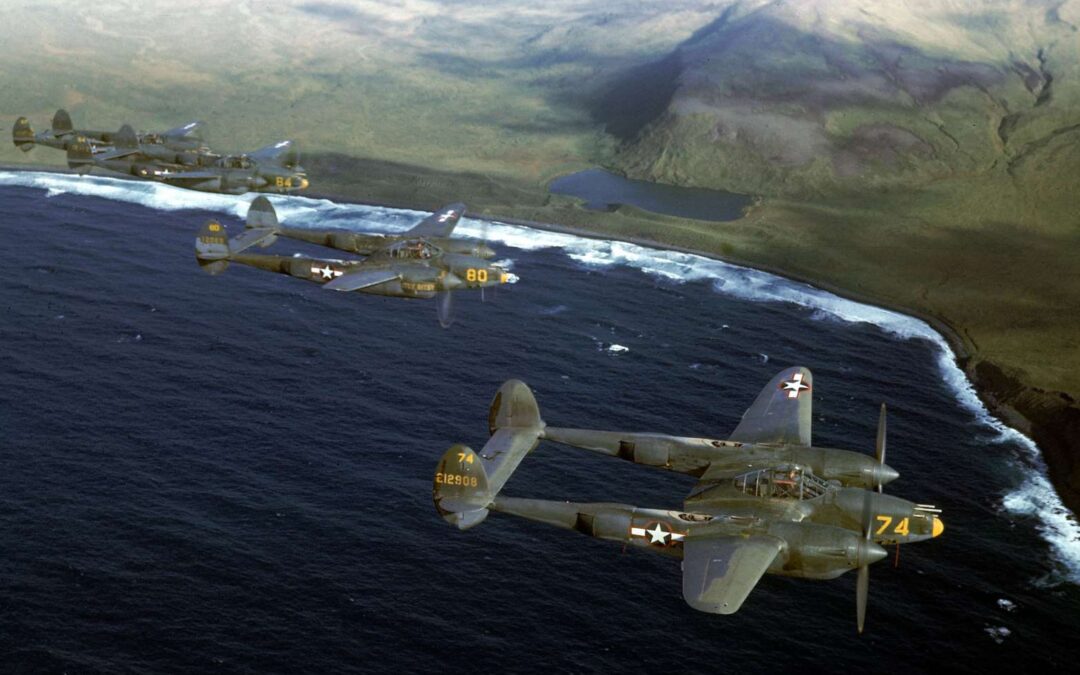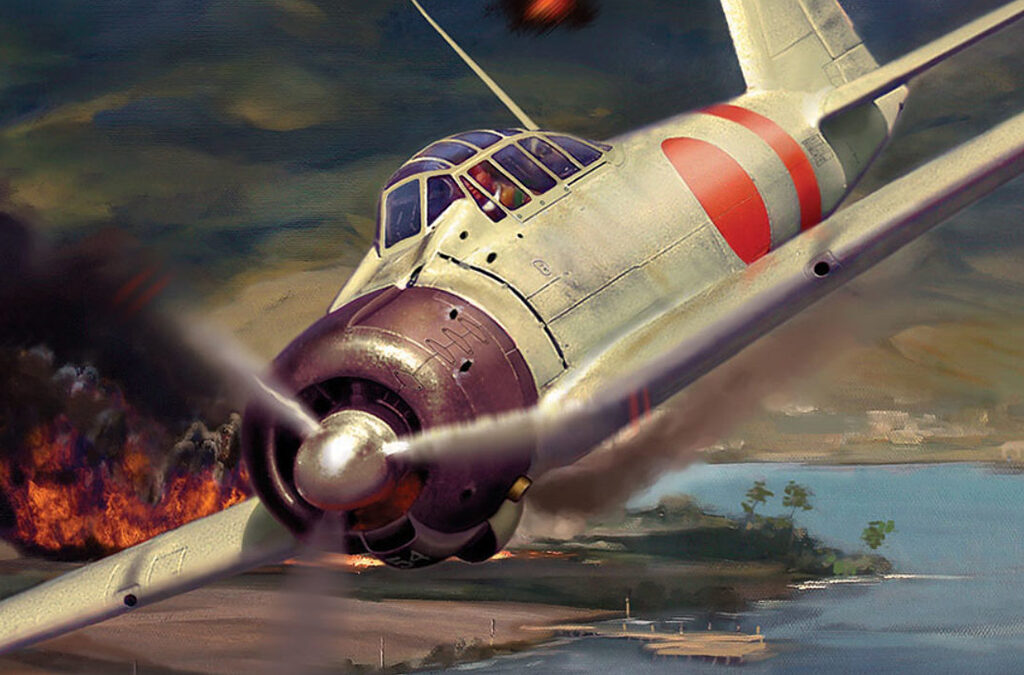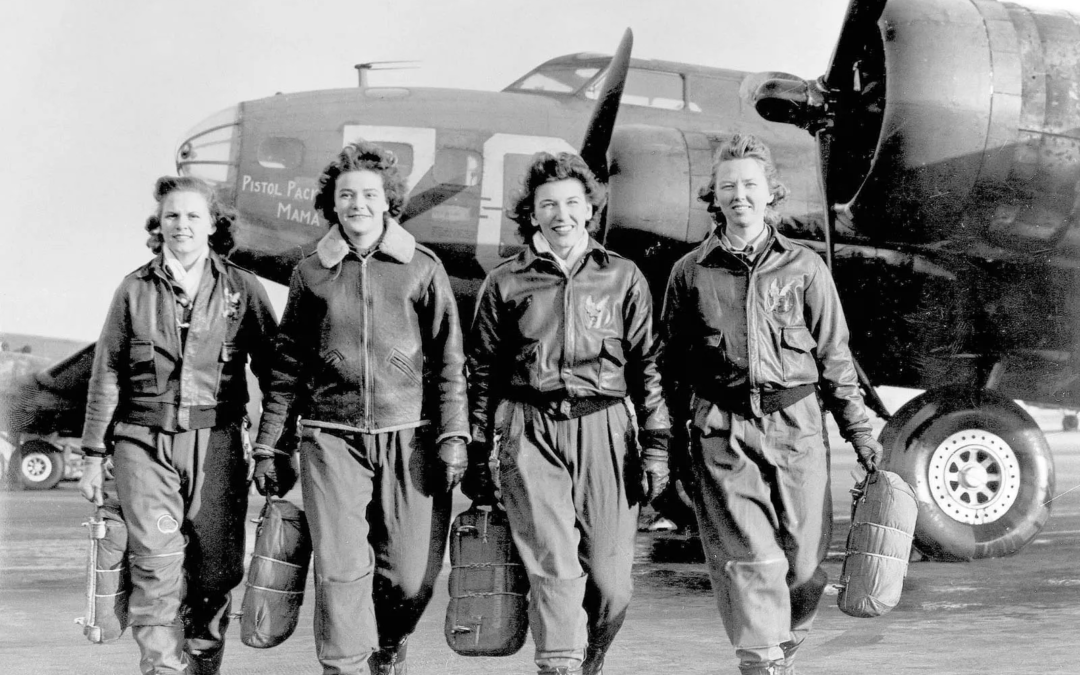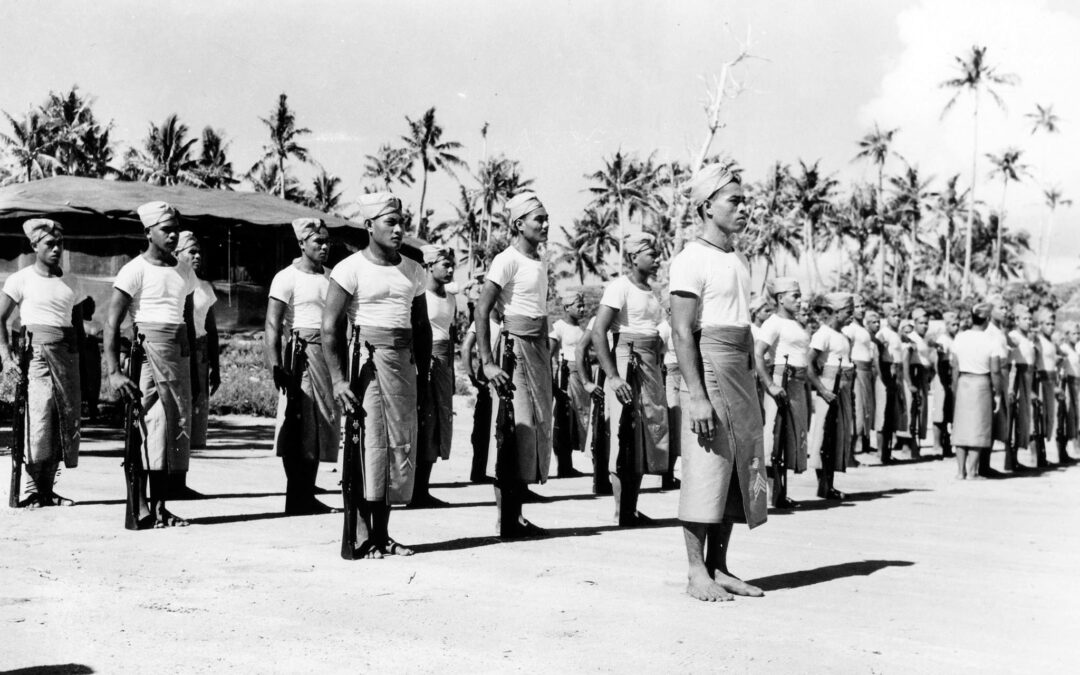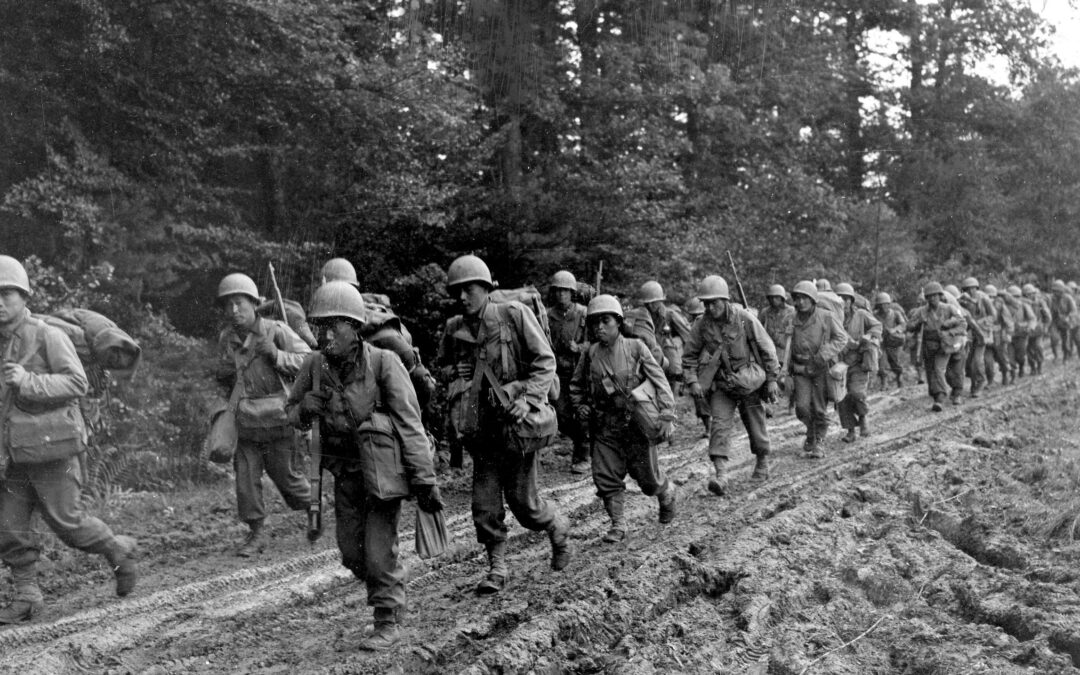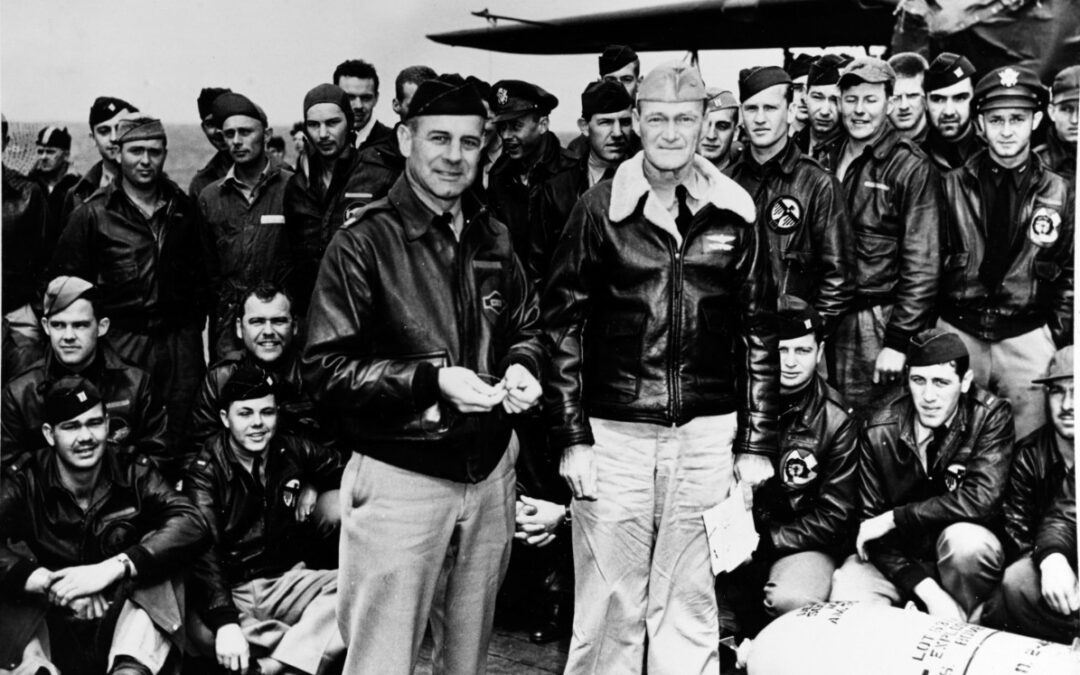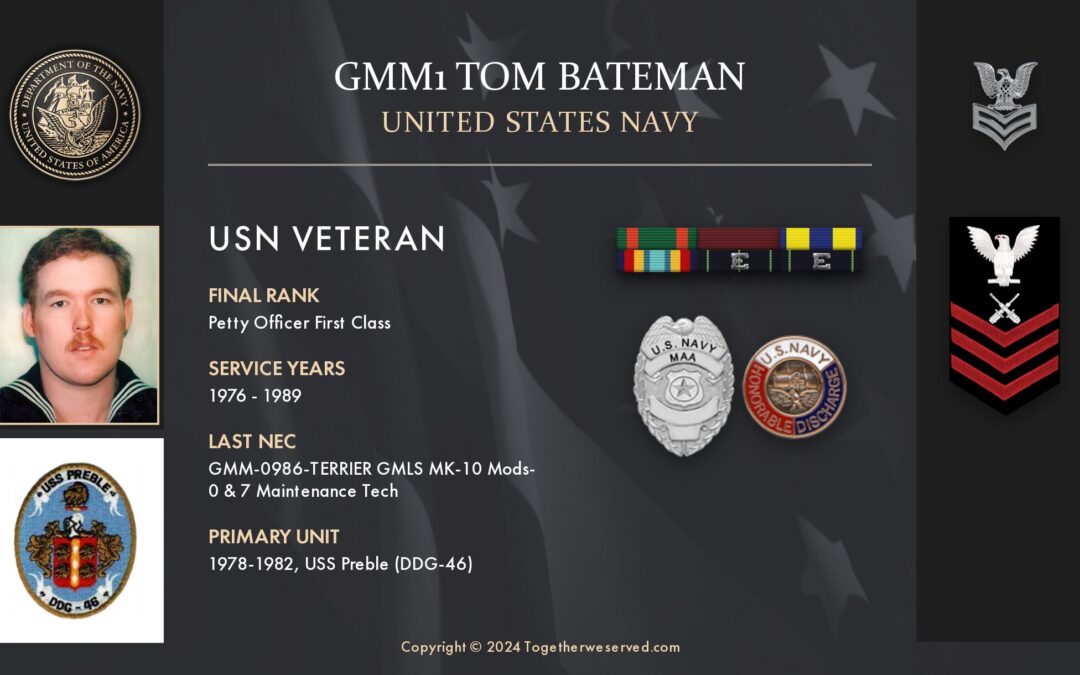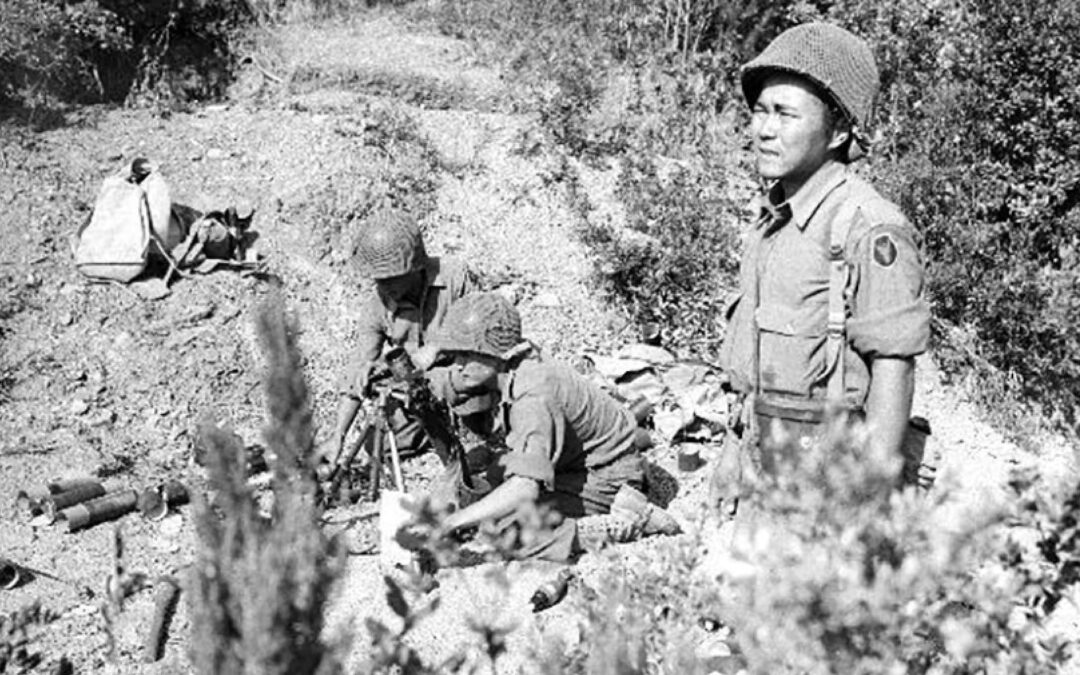VFA-31 (Strike Fighter Squadron 31) is the second oldest Navy attack fighter squadron. Known as the Tomcatters with the call sign "Felix," it is currently based at Naval Air Station Oceana in Virginia Beach, VA. It flies the F/A-18E Super Hornet. "V" stands for fixed wing, "F" stands for fighter, and "A" stands for attack. Chief Of Naval Operations Instruction (OPNAVINST) governs the squadron designation system. The Navy's oldest currently active squadron is VFA-14, and it has been...
